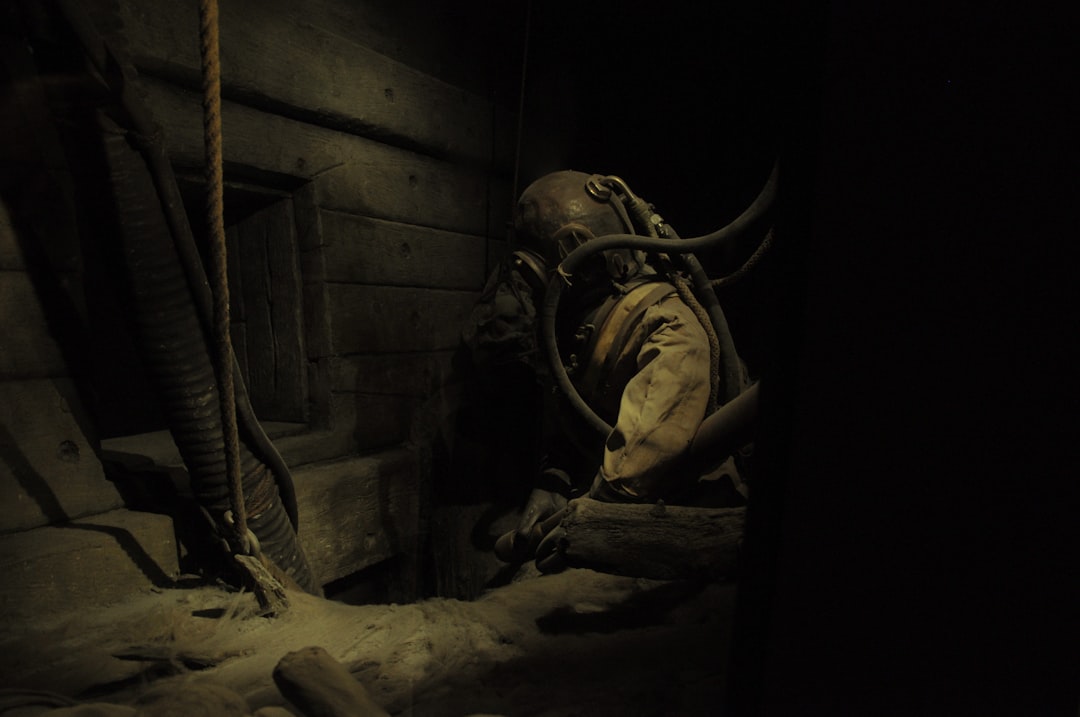Rent,
As you and I have discussed offline, I’ve been practicing what you preach in your latest piece in our correspondence: disconnect and get to work. In the last few months I’ve found that there is a place between “real life” (responsibilities like being an attentive husband, an intentional father, and a high-quality fitness coach) and “the internet” (fantasy writer, creative expat, and semi-retired comic creator).
Like the space between the physical and spiritual realm in Amashik, Fa Sa ‘Tawa or The In Between, is a place worth protecting. For me, it’s the place I go when I actually need to get work done. The metaphysical space I inhabit less frequently than I’d like in order to hone my craft. It’s quiet there. No one feels pressure to signal what they do and don’t believe before clicking “share”; there’s zero desire to caveat yourself to death before saying what you have reasoned to be worth while and true.
Sometimes things from either side get through. For example, I sat down to write this a few days ago when I thought my daughter was having fun playing with Legos. I stepped away to take a quick call and she’d typed her own annotations and redlined a bunch of what I’d already written. That, or I’ll read a take about the importance of “standing for” fill in the blank political/social/environmental cause from a peer that’ll make me call into question my almost 4 year vow of silence on all such things online.
When you first brought this idea of working in the dark to my attention I immediately wanted to hear more because its something I’ve done fairly successfully thus far… but the problem is it is hard to be seen when the lights aren’t on you.

But just as there is a line between political allegory and propaganda, so too is there a subtle line between artist and activist. Many who swear to the importance of politics in art, and activism in public, often seem incautious of this line to their peril.
Given the nature of how the internet functions, largely algorithmically these days, we understand that engagement is king most places on the web. Therefore, most discourse online fluctuates between fawning over what one loves or seeking to decimate what one hates. The proverbial line you reference above is actually more like a fence. One that folks can hide behind when it’s convenient; either laying in ambush or cowering from the mob. When it suits me, I can blur lines and push envelopes because “art is subjective.” Yet, when the need arises to drive the algorithms in my favor I can play with the dials a bit and make objective statements about the intentions behind someone else’s art.
I, like many in our generation, have been tempted and lost. I’ve had back and forth “discussions” online about a myriad of taboo topics- politics, religion, sexuality, Taylor Swift- but I don’t want my art to be conflated with my opinions on those matters. Let’s just suffice it to say that I’m interesting enough that my voting record, where I stand on Monsanto, and what I think Congress should do about TikTok are not worth our time. Unless…

Unless we can have a conversation in real life. Rent, I asked you this about a week ago, but what happened to calling a friend when you had a really cool idea to share? Or wanted to vent about the dumb thing you just overheard? Don’t any of us (big us) think it’s fucking weird that we all run to the “internet” to share good news and air our grievances? No?
I liked your new artist’s statement. “Let it grow, let it go, and fade away” is a solid creative mantra to live by. I don’t have one to match, not right now at least, but I’ll say this and hope it serves as disclaimer moving forward:
This Substack is an extension of my “real life” just as much as it is the nexus of my “internet persona.” It is both and it is neither. It is Fa Sa ‘Tawa. This is where I come to share my creativity. Not what I ate for breakfast or my hot takes on the latest movie everyone hates. I say we make the line between art and activism thicker.
Artists (I include creative writers here as well) can do as they please. Activists should use the tools afforded to them. But when an artist starts policing art and an activist’s primary means of effecting change are in tune with the latest TikTok trend, I’m skeptical at best.
JL
JL Johnson and Renton Hawkey are independent comic creators, and friends. They’ve decided to begin a letter-writing correspondence here on Substack. Nothing is off limits, and they will always tell the truth.
If you want to follow along, follow the TCTAE tab in the navigation on either of their Substack publications.
Jeffrey Johnson Jr. is the writer, creator, and letterer of Ennead: The Rule of Nine and the epic fantasy world of Amashik. Outside of writing, he enjoys time with his wife Jess, their daughter Olive, and their pets Ruthie, Quinn, and Sansa.
Renton Hawkey is a comic creator who publishes the chanbara western webcomic Ronin Digital Express. He also publishes his newsletter rent*space and the forthcoming OGN Fistful of Yen, all right here on Substack. Take a look, and consider subscribing.




